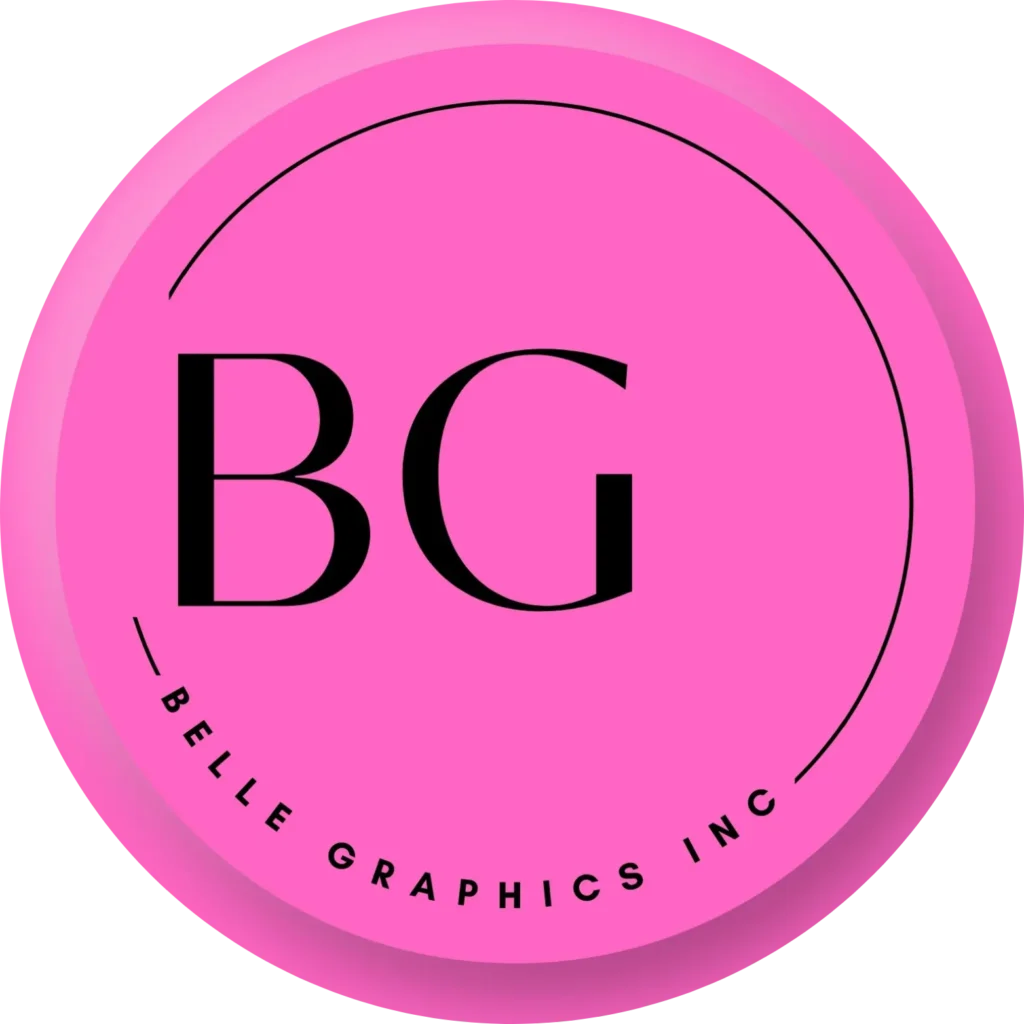The Art and Science of Website Designing

5 Productivity Tools Every Graphic Designer Should Use #2 Home Single Blog Introduction to Website Designing Website designing is more than just creating a visually appealing interface. It involves a blend of creativity, technical expertise, and strategic thinking to craft an online presence that engages users and achieves business goals. In today’s digital age, where first impressions can make or break a brand, a well-designed website is crucial for success. Understanding User Experience (UX) Design What is UX Design? User Experience (UX) design focuses on enhancing user satisfaction by improving the usability, accessibility, and pleasure provided in the interaction between the user and the website. It encompasses various elements such as information architecture, interaction design, and visual design. Importance of UX in Website Design A seamless UX is paramount in website designing as it directly impacts how users perceive and interact with a site. Factors such as intuitive navigation, fast loading times, and responsive design contribute significantly to a positive user experience. Key Elements of Effective Website Design 1. Responsive Design Responsive design ensures that a website adapts seamlessly to various devices and screen sizes, providing an optimal viewing experience. This approach is crucial in today’s mobile-first era where a large portion of internet users access websites via smartphones and tablets. 2. Visual Hierarchy Visual hierarchy involves arranging and prioritizing elements on a webpage to guide users’ attention and improve readability. Techniques such as using contrasting colors, varying font sizes, and strategic placement of call-to-action buttons can enhance the effectiveness of visual hierarchy. 3. Typography Typography plays a significant role in website design, influencing readability, user experience, and brand perception. Choosing appropriate fonts, font sizes, line spacing, and typography hierarchy contributes to the overall aesthetic appeal and readability of the content. 4. Color Theory Color theory in website designing involves selecting colors that not only align with the brand’s identity but also evoke the desired emotions and actions from users. Understanding the psychology of colors can help designers create visually appealing and impactful websites. Technical Aspects of Website Designing 1. HTML and CSS HTML (Hypertext Markup Language) and CSS (Cascading Style Sheets) are fundamental languages used in web development. HTML defines the structure of web pages, while CSS controls the presentation and styling, including layout, colors, and fonts. 2. Accessibility Web accessibility ensures that websites are usable by people of all abilities, including those with disabilities. Design considerations such as using alt text for images, providing keyboard navigation, and adhering to accessibility standards (e.g., WCAG) are essential for creating inclusive websites. 3. Performance Optimization Optimizing website performance involves reducing page load times, optimizing images and videos, minifying code, and leveraging caching techniques. A fast-loading website not only enhances user experience but also improves search engine rankings. Trends and Innovations in Website Designing 1. Minimalism and Flat Design Minimalism and flat design focus on simplicity, clean aesthetics, and a minimalist approach to user interface design. These trends prioritize usability and clarity while reducing visual clutter. 2. Dark Mode Dark mode design has gained popularity for its sleek appearance and reduced eye strain in low-light environments. Implementing dark mode involves carefully selecting colors and ensuring readability and accessibility in both light and dark themes. 3. Motion Graphics and Micro-Interactions Motion graphics and micro-interactions add dynamism and interactivity to websites, engaging users and providing visual feedback. These elements can enhance user experience and create memorable interactions. Best Practices in Website Designing 1. Conduct User Research Understanding the target audience through user research helps in designing websites that meet their needs and preferences. Techniques such as user surveys, interviews, and usability testing provide valuable insights into user behavior and expectations. 2. Implement SEO Principles Search Engine Optimization (SEO) principles should be integrated into website design to improve visibility and organic search rankings. Optimizing metadata, using descriptive URLs, and creating valuable content contribute to SEO-friendly websites. 3. Test and Iterate Continuous testing and iteration are essential in website designing to identify usability issues, gather user feedback, and make iterative improvements. Techniques such as A/B testing and usability testing help in optimizing user experience and achieving business goals. Conclusion Website designing is a multifaceted discipline that combines artistic creativity with technical proficiency and user-centric principles. By focusing on elements such as user experience, responsive design, and technical optimization, designers can create compelling websites that not only attract but also retain visitors. As technology evolves and user expectations change, staying updated with trends and best practices is crucial for maintaining a competitive edge in the digital landscape. “A skilled website developer is a crucial asset in the digital landscape, adept at transforming concepts into functional, visually appealing websites that resonate with audiences. Through proficiency in languages like HTML, CSS, and JavaScript, developers ensure seamless navigation, responsive design, and optimal performance across devices. Their expertise extends to integrating backend functionalities, optimizing site speed, and implementing SEO best practices to enhance visibility and user experience. Whether crafting custom solutions or leveraging content management systems like WordPress, developers play a pivotal role in translating business objectives into online success, ensuring every website they build meets the highest standards of functionality and aesthetic appeal.” Creating a successful website requires a strategic approach, attention to detail, and a deep understanding of the target audience’s needs and behaviors. By integrating these principles into their design process, web designers can craft websites that leave a lasting impression and drive business growth in today’s competitive online environment. Recent Posts July 7, 2024 5 Productivity Tools Every Graphic Designer Should Use #2 July 4, 2024 Digital marketing and its benefits: July 4, 2024 The Impact of Graphic Design on Business Categories Unique Technologies Support Reliable
The Anatomy of a Successful Logo Design

The Anatomy of a Successful Logo Design Home Single Blog The Anatomy of a Successful Logo Design A logo is often the first thing people notice about a brand. It’s the visual shorthand that represents a company’s identity, values, and personality. But what makes a logo truly effective and memorable? Let’s explore the key elements that go into crafting a successful logo design. Simplicity is Key The most iconic logos are often the simplest. Think of the Nike swoosh or the Apple logo – both instantly recognizable yet elegantly minimalist. A simple logo is easier to remember, works well at small sizes, and can be versatile across various mediums and applications. When designing a logo, aim for clean lines, limited colors, and a single focal point. Memorability Matters A great logo should be distinctive and stand out from the competition. It should be unique enough to be instantly recognizable and associated with a specific brand. Consider incorporating a memorable symbol, using an unexpected color scheme, or playing with negative space to create a logo that sticks in people’s minds. Versatility is Essential A logo needs to work in a variety of contexts – from a website favicon to a giant billboard. A successful logo should be scalable, legible, and impactful whether it’s reproduced in full color, black and white, or even a single color. It should also translate well across digital and print mediums. There are many variations of passages of Lorem Ipsum available, but the majority have suffered alteration in some form, by injected humour, or randomised words which don’t look even slightly believable. If you are going to use a passage of Lorem Ipsum, you need to be sure there isn’t anything embarrassing hidden in the middle of text. While it’s important to stay current, a logo should have longevity. Trends come and go, but a well-designed logo will stand the test of time. Avoid gimmicky design elements or overly trendy styles that will look dated in a few years. Instead, focus on creating a logo that will still look fresh and modern a decade from now. Belle Meaning Matters The best logos have a deeper meaning or symbolism that connects to the brand’s values and personality. Consider incorporating visual metaphors, hidden meanings, or subtle nods to the company’s history or mission. Use the latest tools Best services for out clients Quick dedicated support team. A logo with meaning feels more authentic and helps build an emotional connection with the audience.Crafting a successful logo is both an art and a science. By keeping these key elements in mind – simplicity, memorability, versatility, timelessness, and meaning – you can create a logo that effectively represents your brand and leaves a lasting impression on your audience. Remember, a great logo is the foundation of a strong brand identity. Recent Posts June 30, 2024 The Anatomy of a Successful Logo Design June 30, 2024 Seo Optimization Program Schedule Opening June 30, 2024 10 Ways to Achieve your business goal Categories Unique Technologies Support Reliable Analytics
5 Productivity Tools Every Graphic Designer Should Use

5 Productivity Tools Every Graphic Designer Should Use Home Single Blog 5 Productivity Tools Every Graphic Designer Should Use As a graphic designer, your time is precious. Between juggling client demands, creative brainstorming, and endless design revisions, it’s easy to feel overwhelmed. But what if I told you there are tools out there that can help streamline your workflow and boost your productivity? Here are 5 must-have apps and software that every designer should have in their arsenal. 1. Figma Figma is a powerful, cloud-based design tool that allows you to create, collaborate, and prototype designs with ease. Its intuitive interface and real-time collaboration features make it a game-changer for teams working on complex projects. Plus, the robust component library and design system capabilities help maintain brand consistency. 2. Canva For designers who need to quickly create social media graphics, presentations, or marketing materials, Canva is a lifesaver. This drag-and-drop design platform offers thousands of customizable templates, stock photos, and design elements to help you produce professional-looking visuals in a fraction of the time. 3. Adobe Creative Cloud While the full Adobe Creative Cloud suite may be an investment, it’s an essential toolkit for any serious graphic designer. From Photoshop for photo editing to Illustrator for vector illustrations to InDesign for layout design, the Adobe apps offer unparalleled creative power and functionality. 4. Trello Keeping track of design projects, client feedback, and deadlines can be a logistical nightmare. That’s where Trello comes in. This intuitive project management tool allows you to visually organize your tasks, collaborate with team members, and stay on top of your workflow. 5. Unsplash Finding the perfect stock photo or illustration can be a time-consuming process. Unsplash is a free, high-quality stock image library that provides a vast collection of beautiful, curated visuals to enhance your designs. Save time and avoid the hassle of sifting through low-quality stock sites. These five productivity tools are game-changers for graphic designers looking to streamline their workflow, collaborate more effectively, and create stunning visuals faster. By incorporating them into your design process, you’ll free up more time for the creative aspects of your work and deliver exceptional results for your clients. Recent Posts June 30, 2024 The Anatomy of a Successful Logo Design June 30, 2024 7 Graphic Design Trends to Watch in 2024 June 30, 2024 5 Productivity Tools Every Graphic Designer Should Use Categories Unique Technologies Support Reliable Analytics


